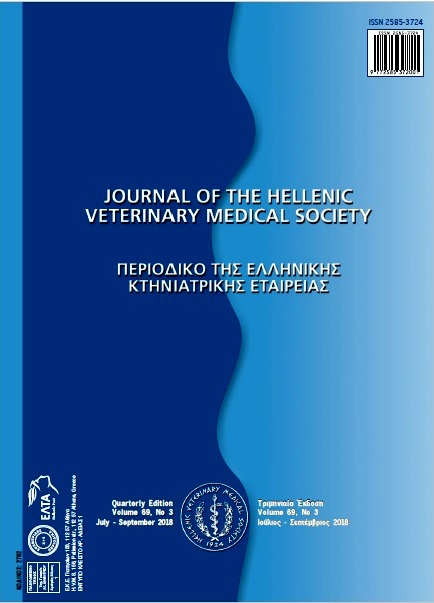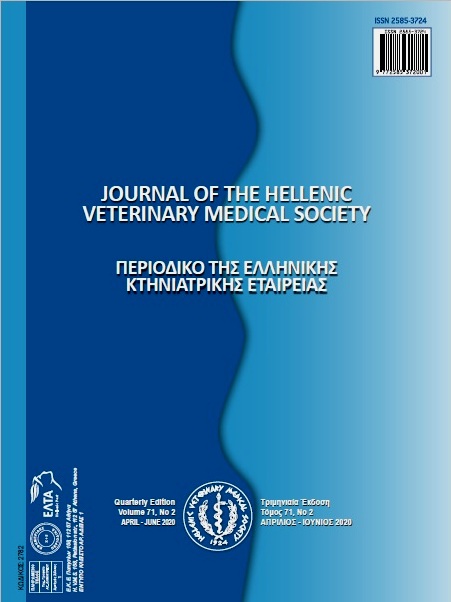Comparison of two methods of making reduced-fat ovine Halloumi type cheese

Abstract
Halloumi is a popular cheese in Cyprus where reduced-fat Halloumi cheese is manufactured solely from bovine milk. In this study, two methods of making reduced-fat Halloumi type cheeses from ovine milk containing 1.8% fat were compared. Ovine milk was used because it has a greater biological and nutritional value than bovine milk. The first method used traditional technology (T) as a control whereas the second method was a modified technology (M), as described in material and methods. The M cheese had a significantly (P<0.05) higher yield, moisture content, protein in dry matter, pH value and lower content of fat, lactose, ash, Ca and Mg, acidity, hardness, adhesiveness, elasticity, gumminess and chewiness than the T cheese. The assessment panel suggested that the M technology was superior and can be used to produce a reduced-fat ovine Halloumi type cheese.
Article Details
- How to Cite
-
KAMINARIDES, S. (2018). Comparison of two methods of making reduced-fat ovine Halloumi type cheese. Journal of the Hellenic Veterinary Medical Society, 69(3), 1125–1134. https://doi.org/10.12681/jhvms.18885
- Issue
- Vol. 69 No. 3 (2018)
- Section
- Research Articles

This work is licensed under a Creative Commons Attribution-NonCommercial 4.0 International License.
Authors who publish with this journal agree to the following terms:
· Authors retain copyright and grant the journal right of first publication with the work simultaneously licensed under a Creative Commons Attribution Non-Commercial License that allows others to share the work with an acknowledgement of the work's authorship and initial publication in this journal.
· Authors are able to enter into separate, additional contractual arrangements for the non-exclusive distribution of the journal's published version of the work (e.g. post it to an institutional repository or publish it in a book), with an acknowledgement of its initial publication in this journal.
· Authors are permitted and encouraged to post their work online (preferably in institutional repositories or on their website) prior to and during the submission process, as it can lead to productive exchanges, as well as earlier and greater citation of published work.



